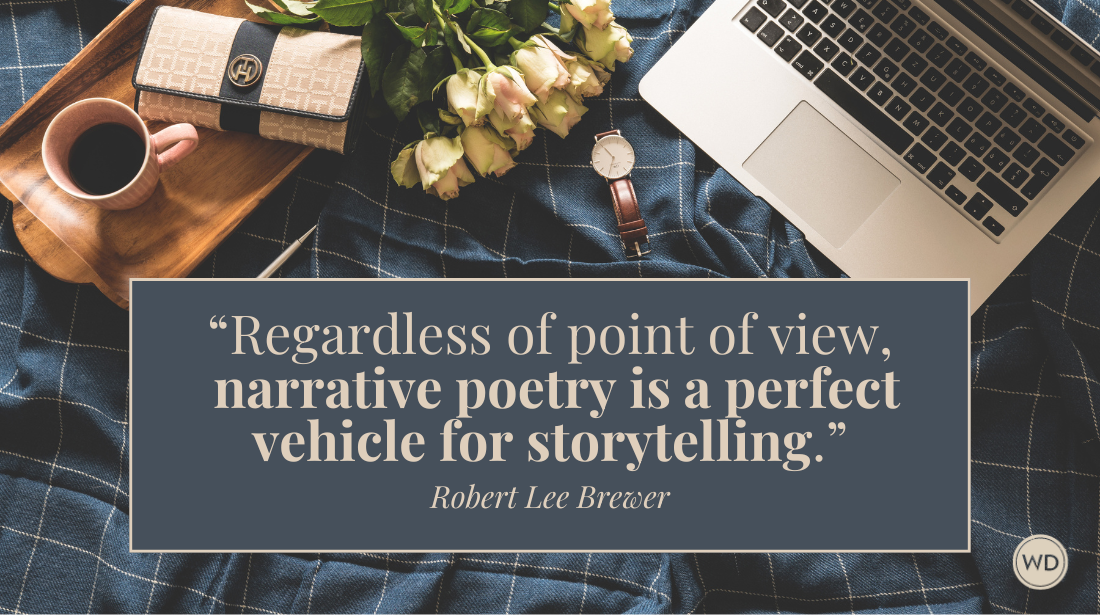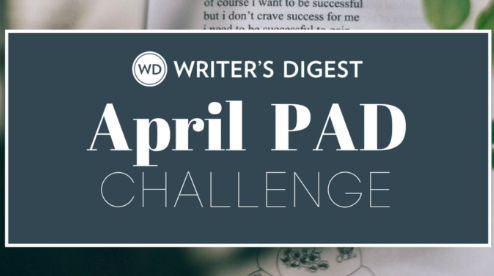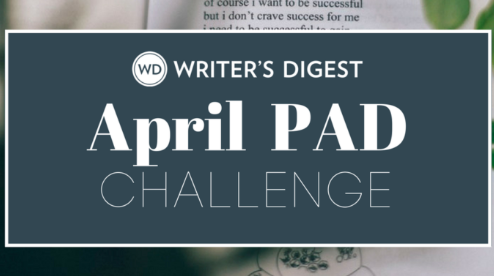Sijo: Poetic Forms
This Korean poetic form shares a similar lineage to haiku, but it’s quite different tercet than the very concise Japanese poem. For one thing, it involves many more syllables.
While the sijo poetic form is new to Poetic Asides, it is actually older than haiku. This Korean poetic form is only three lines long, but a lot is packed into those three lines. Here's a quick rundown:
- 3 lines in length, averaging 14-16 syllables per line (for a poem total of 44-46 syllables).
- Line 1 introduces the situation or theme of the poem.
- Line 2 develops the theme with more detail or a "turn" in argument.
- Line 3 presents a "twist" and conclusion.
That's a quick overview, but it can get a lot more involved. Here are some more things to consider:
- Sijo are meant to be songs, so this form is more lyrical.
- Poems can be profound, humorous, metaphysical, and personal.
- Each line should have a pause (or break) somewhere in the middle.
- First half of the final line employs a "twist" of meaning, sound, or another poetic device.
With me so far? Sijo are lyrical and meant to be sung, so even the lines have a traditional syllable break:
- Line 1: 3-4-4-4
- Line 2: 3-4-4-4
- Line 3: 3-5-4-3
This last part is a good goal to aspire achieving, but it's more flexible than the overall syllable count per line and poem. Whew!
*****
Play with poetic forms!
Poetic forms are fun poetic games, and this digital guide collects more than 100 poetic forms, including more established poetic forms (like sestinas and sonnets) and newer invented forms (like golden shovels and fibs).
*****
Here's an example sijo that I wrote:
"Orbit"
I tell her we're always alone, but she says we're together
the same as the moon spins with the earth around the sun.
If they weren't together, she tells me, we would not be alive.
*****
If you want more resources on sijo, check these out:
- A basic guide to writing sijo (from the Sejong Cultural Society)
- Sijo explained on Aha Poetry.
- And, of course, there's a Wikipedia page on Sijo.
Robert Lee Brewer is Senior Editor of Writer's Digest, which includes managing the content on WritersDigest.com and programming virtual conferences. He's the author of 40 Plot Twist Prompts for Writers: Writing Ideas for Bending Stories in New Directions, The Complete Guide of Poetic Forms: 100+ Poetic Form Definitions and Examples for Poets, Poem-a-Day: 365 Poetry Writing Prompts for a Year of Poeming, and more. Also, he's the editor of Writer's Market, Poet's Market, and Guide to Literary Agents. Follow him on Twitter @robertleebrewer.





